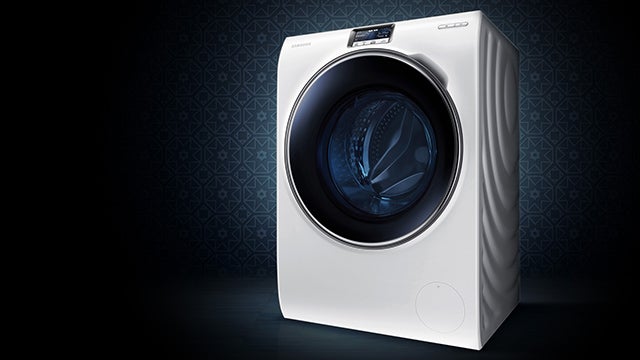Washer dryer vs separates
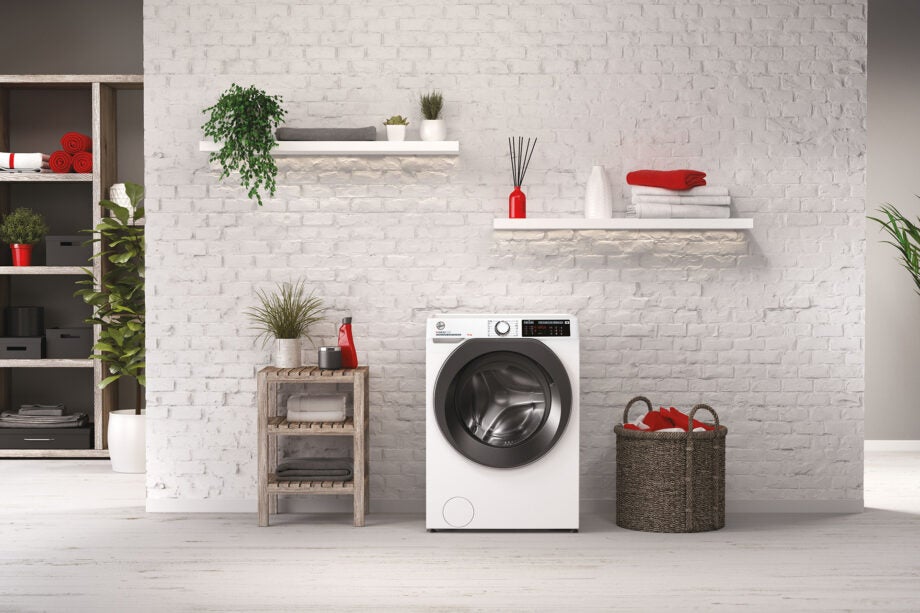
Introduction
Washer dryers are a good solution for those who are short on space, but two separate appliances are likely to deliver greater rewards over the long-term, particularly if you’re a frequent user of the tumble dryer.
When faced with the decision to update your laundry set-up, the choice of appliances is wide, including washing machines and various types of tumble dryers, as well as washer dryers, which offer both functions.
While available space and price are likely to drive any purchase decision, when it comes to choosing a washer dryer or two separate appliances (tumble dryer and washing machine) it’s worth considering the varied capacity of the two-in-one machines as well as their running costs over time.
The footprint question
One of the first – and most crucial – considerations is the space you have available. If you have room for only one appliance and you’d like to have the option of using a tumble dryer, then a washer dryer seems the obvious solution.
A standard washing machine is the same size as an average washer dryer (roughly 850 x 600 x 600mm). Standalone tumble dryers have a similar height and width, whereas their depth can vary between 460mm and 680mm. Thus, having two separate appliances is very likely to take up double the amount of space.
While stacking one machine on top of the other can be an option, a separate stacking kit is needed for this purpose. For optimal fit, it’s usually recommended to use appliances from the same manufacturer, and the dryer always needs to be on top due to washing machines being heavier. Vented tumble dryers can be wall-mounted, but these require a nearby window or an external wall. Read more in our guide on different types of tumble dryers.
Weighing up the costs
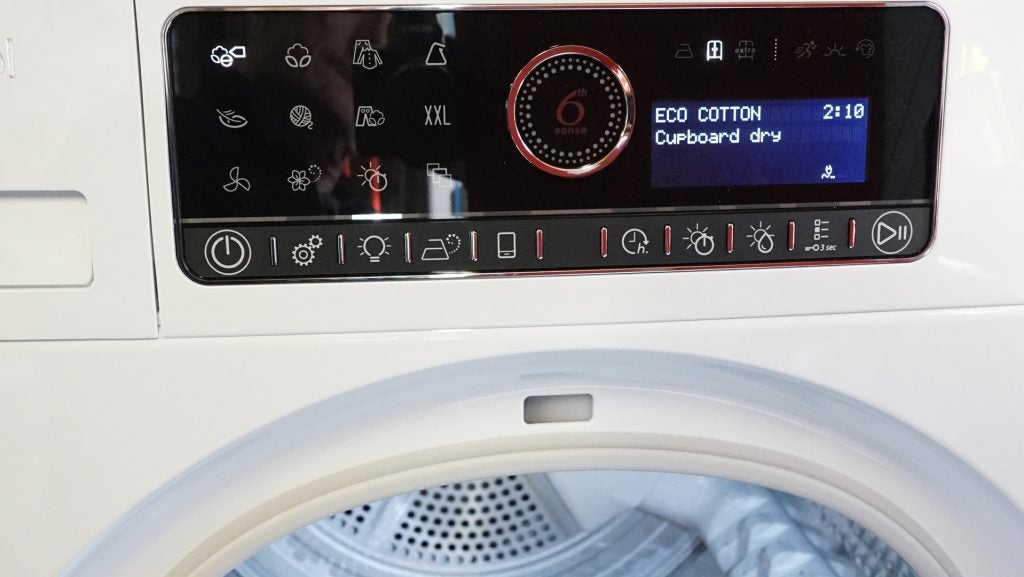
In addition to the upfront price of an appliance, it’s important to consider the running costs over time.
The cheapest washer dryers come in around the £300 mark, while the cheapest standalone dryers are priced around £150, with most washing machines starting at £200.
However, a washer dryer may become costly over time since it’s less energy-efficient and uses more water. While the running costs of a standalone washing machine aren’t significantly cheaper than those of a washer dryer’s washing function, it’s a different matter when it comes to tumble drying.
Most washer dryers use condenser technology, which is the least energy-efficient of drying systems. But where standalone condenser dryers would be air-cooled, washer dryers use a considerable amount of cold water to condense the vapour to keep the machine cool. According to Bosch, a standard washer dryer uses 100 litres of water per wash and dry cycle.
In recent times, washer dryers with heat pump drying technology – a more advanced spin on the condenser system – have made their way into the market. However, these tend to be quite costly upfront.
While there’s a slight difference in energy costs between a washer dryer and a standalone condenser tumble dryer, the running costs of a heat pump dryer are significantly lower.
According to Dutch retailer Cool Blue, a washer dryer with 8kg washing capacity and 5kg drying capacity would consume 1070kWh annually, while a C-category washing machine and A+++ (the most economical) dryer with 8kg capacity would only consume 314kWh.
Ease of use and capacity concerns
In theory, having one appliance wash and dry your laundry means less hassle as you don’t need to move items from one drum to another. Some washer dryers even have programmes that go from a wash cycle into a drying cycle automatically (usually called something like Wash & Dry, or Wash & Wear for a speedy, small load).
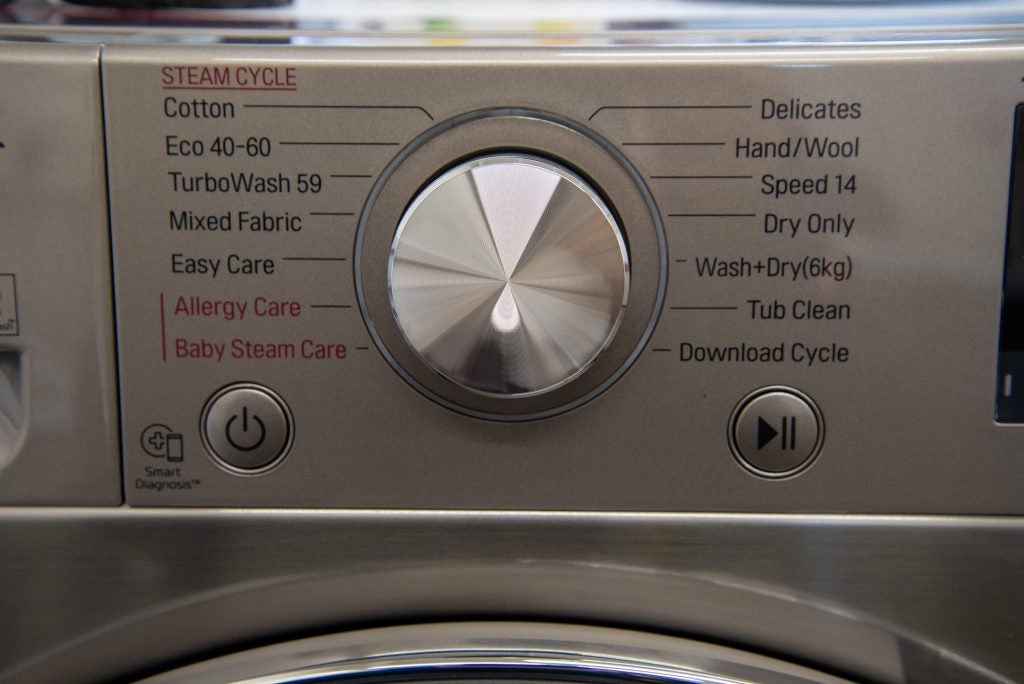
However, washer dryers still have two separate capacities: one for washing and one for drying. In general, washer dryers’ washing capacities range from 6-10kg, while for drying capacities it’s around the 4-7kg mark (vs 7-10kg of standalone tumble dryers). As a general rule, then, when washing a full load you’re unlikely to be able to dry it all at once, resulting in extra hassle.
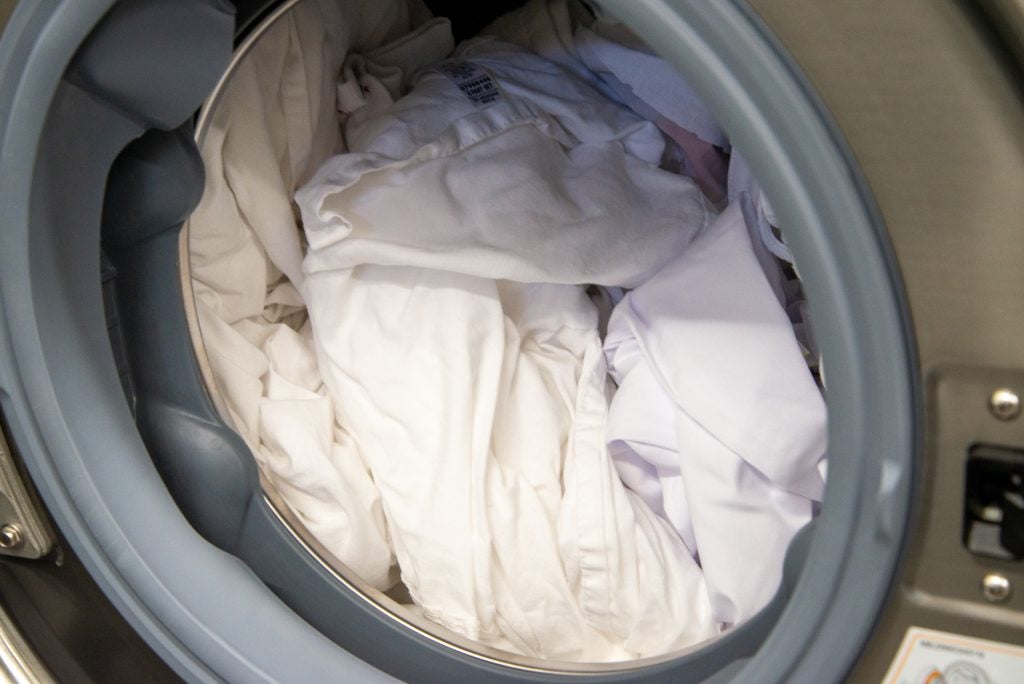
Having two separate appliances is optimal when you have several loads of laundry to get through, as you can run them simultaneously. And when it comes to timings, a separate washing machine and tumble dryer are likely to wash and – in particular – dry your laundry faster. Most washer dryers tend to take even longer to dry a load than the average standalone condenser dryer.
Washer dryers also don’t have easily accessible filters, so they can be more difficult to clean out and hence develop issues. You can see in our guide on how to fix a washer dryer that leaves clothes hot and wet just how complicated it can be to clean one of these machines.
Performance and functions
In most tests, a washer dryer is likely to clean laundry just as well as a standalone washing machine. However, the former is more likely to struggle when it comes to drying. Using a washer dryer, you can be left with patchy, unevenly dried laundry, even after a long drying cycle.
A good way to get the best out of a washer dryer is to look for appliances with sensor drying. Such machines use sensors to monitor the moisture level of the load and stop drying when that level is reached. This can help save time, reduce energy consumption and avoid damage to textiles. Other useful functions to keep an eye out for are eco programmes and a delayed-start timer.
In terms of washing, common desirable features include changeable wash temperatures and spin speeds as well as Pre-Wash, Quick Wash, Delicates/Hand Wash and Extra Rinse functions.
For useful drying capabilities, look for an Anti-Crease or Easy Iron function – a few minutes of extra heating of dry clothes to blow out some of the creases. The latter shouldn’t be confused with Iron Dry, which leaves clothes slightly damp for easier ironing, and Extra Dry, which is a longer cycle for bulky and layered items.


